Types of Firewalls for Commercial Buildings
29 April 2022 Shane Barker, Business Development Manager
IN BRIEF
- Firewalls are required in commercial and industrial buildings to slow down the progress of a fire and contain it within a smaller area.
- Common material choices for firewalls include concrete tilt panels, Speedpanel modular wall systems, and Fyrchek which is similar to Gyprock but with a glass fibre core.
- The choice of fire wall material depends on factors like budget, performance, permit requirements, and aesthetics of the commercial structure.
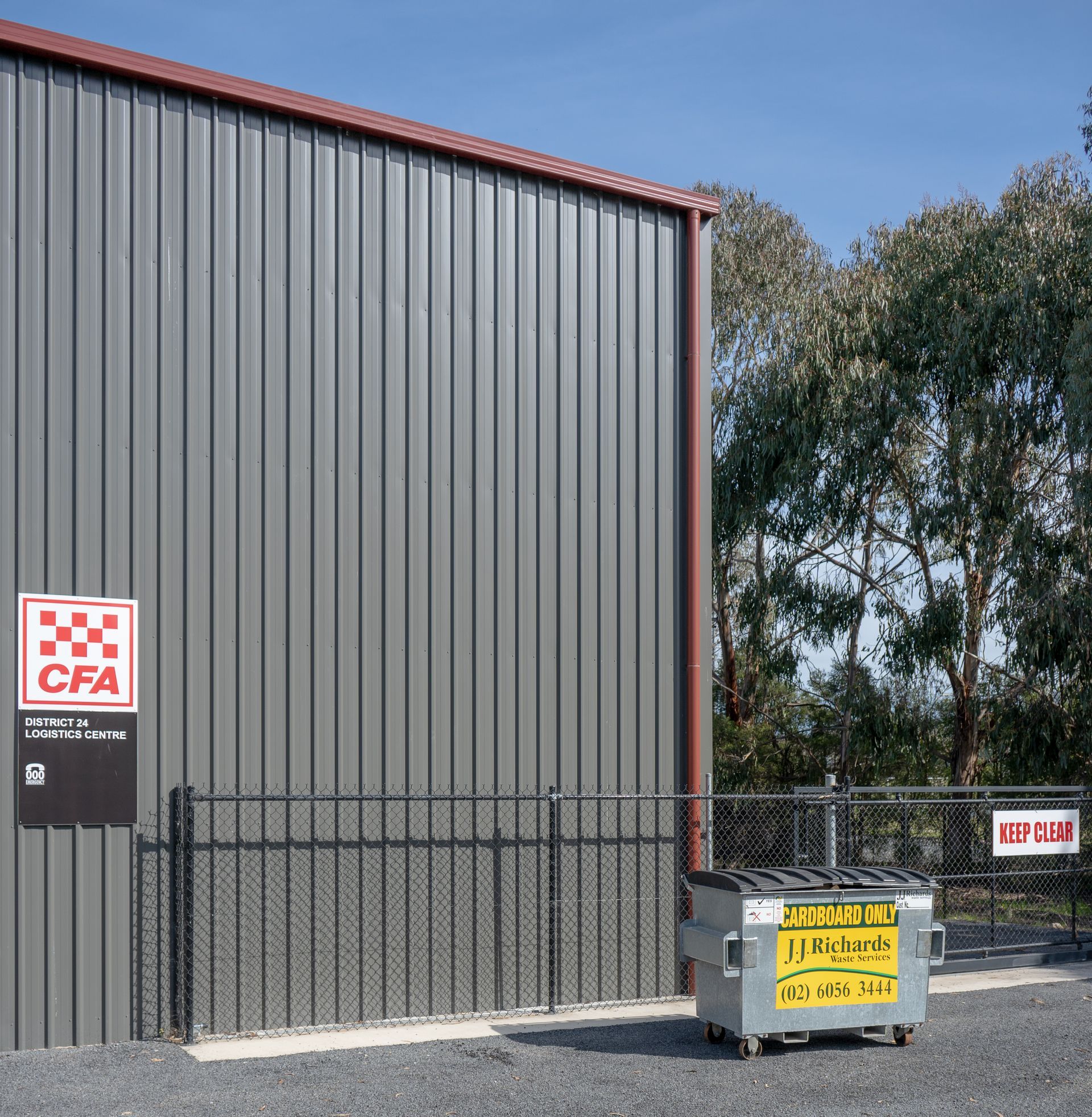
CONTENTS
When is a Firewall Required?
Different types of commercial structures can have a range of different firewall requirements. So what triggers the need for a firewall?
- A firewall is needed to separate two buildings when there is no option for the buildings to be 6m apart and the structures need to be separated
- When building on a boundary you need a firewall with 3m returns – meaning you’ll need to build 3m off the boundary or build on the boundary with a firewall
- To avoid the need for fire services to the property, structures need to be under 500m2 – to achieve this, you can separate the structure into smaller areas using internal firewalls
- To avoid the need for sprinklers in a building over 2000m2, you can divide the structure with a firewall
- Note that cutting your floor plan up to avoid running fire services to the property could help you save on fire service costs, but you could lose out when it comes to the usability of the structure.
Think about your business’s workflows, storage needs and access requirements – a good engineering team can help you design the building in the most efficient way whilst also maintaining safety requirements and overall practicality.
Does a Canopy Need a Firewall if it’s on a Boundary?
Buildings that have at least two sides open are classified as a canopy. If the canopy has columns on the boundary, fire-rated columns are sometimes required.
What Are Firewalls Made From?
Fire safety regulations can be a complex area, however when it comes to firewalls, the choices often come down to three material choices:
- Concrete tilt panels
- Speedpanel
- Fyrcheck plaster walls
In this article, Shane Barker explains the pros and cons of each type of firewall material and how each contributes to slowing the spread of fire.
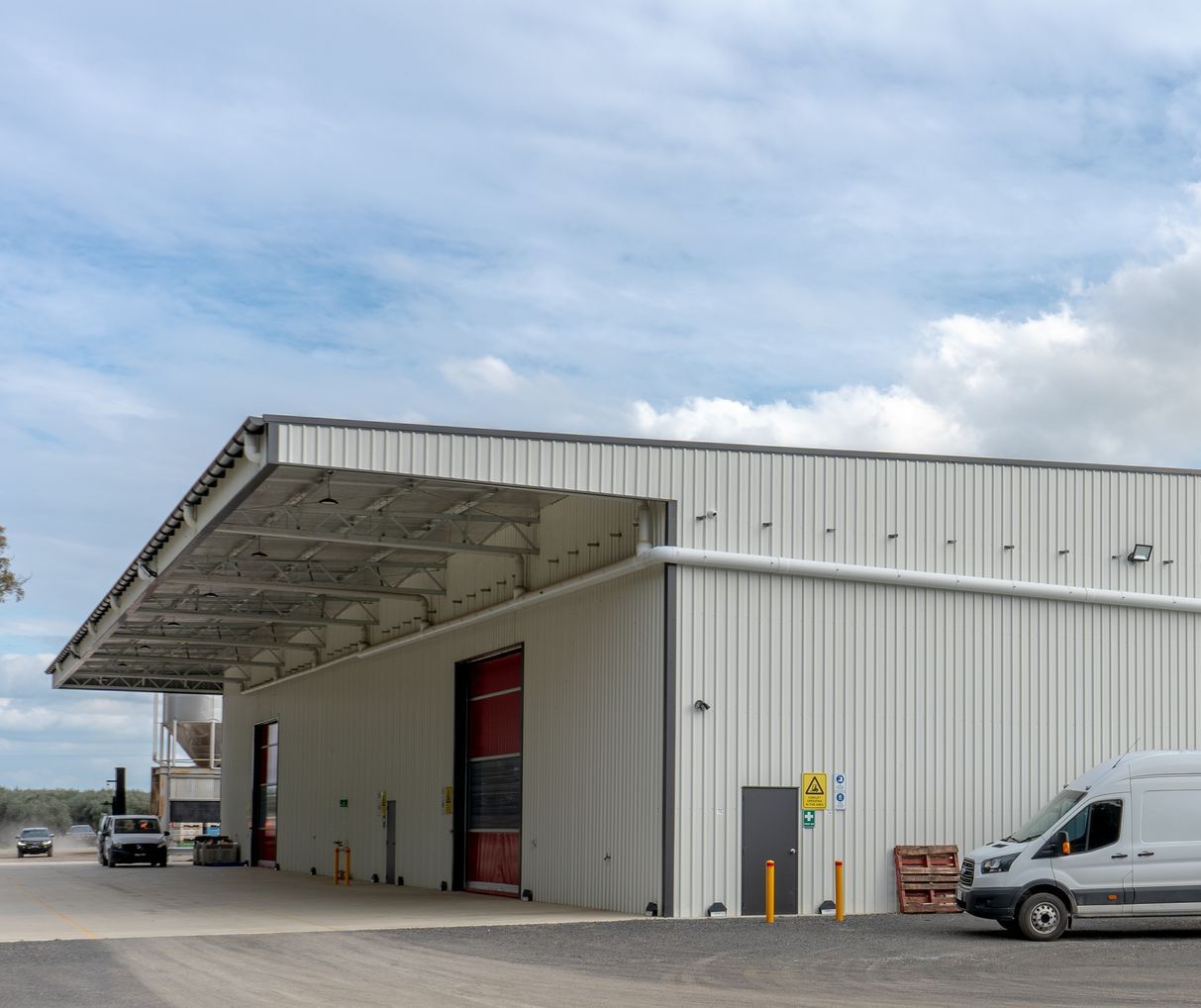
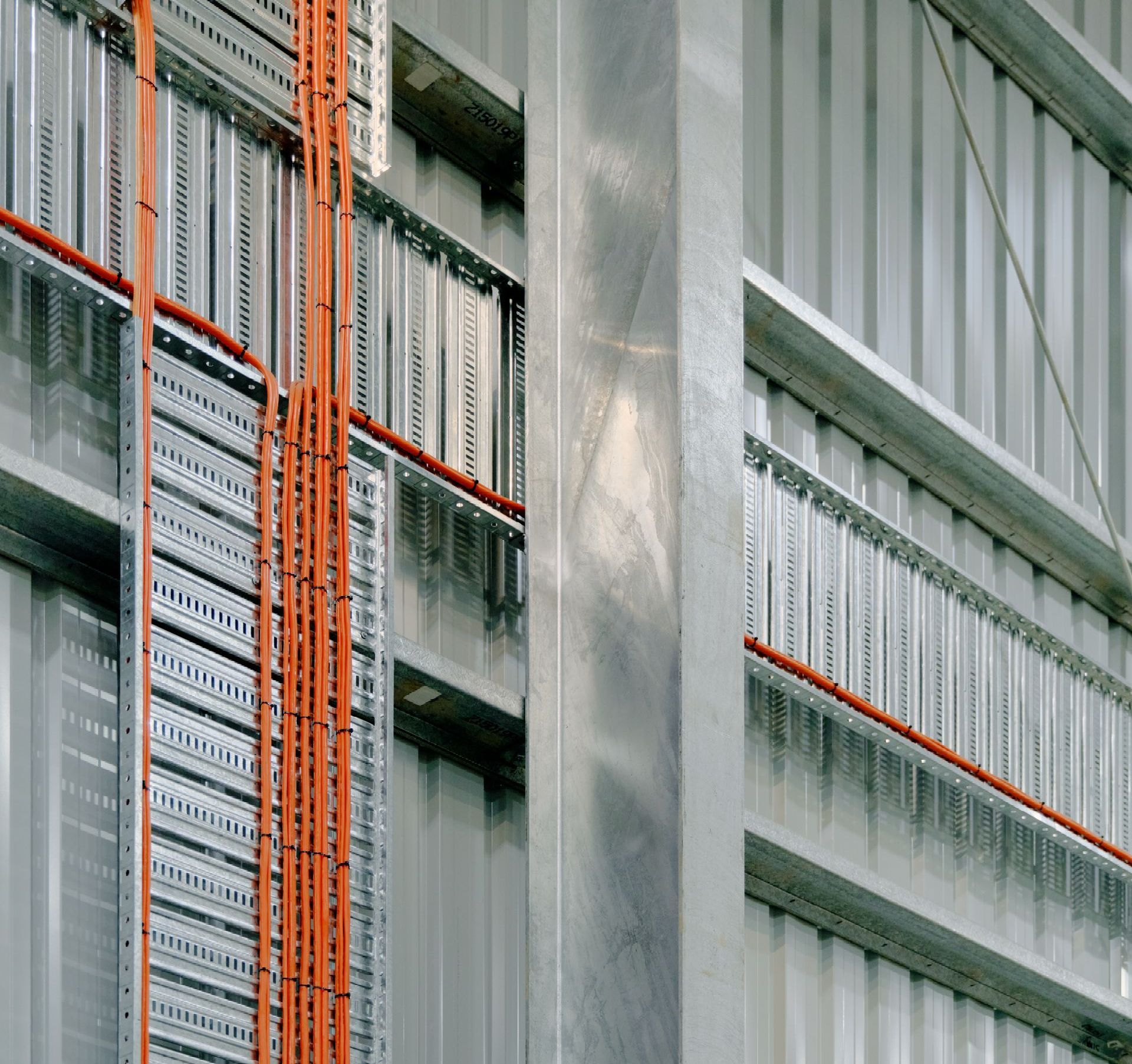
What Do Firewalls Do?
Because fire can be so devastating to a building, the Building Code contains a raft of fire regulations that your structure must comply with, covering items like smoke alarms, fire exits, exit signage and hose reels.
Shane notes that one of the first things to consider however is your passive fire protection system: this is essentially the makeup of your building and how effective each component is at resisting fire.
“To meet the necessary fire wall specifications, external walls and eaves need to be capable of withstanding an hour-long ‘heat flux’ test, resulting in minimal structural damage to the exterior and a very minimal combustion effect on surrounding buildings,” explains Shane.
“Heat flux is similar to thermal conductivity: materials that have a fire safety rating have to show fairly low energy transfer.”
This brings us to one of the most common materials for fire walls – concrete tilt panels.
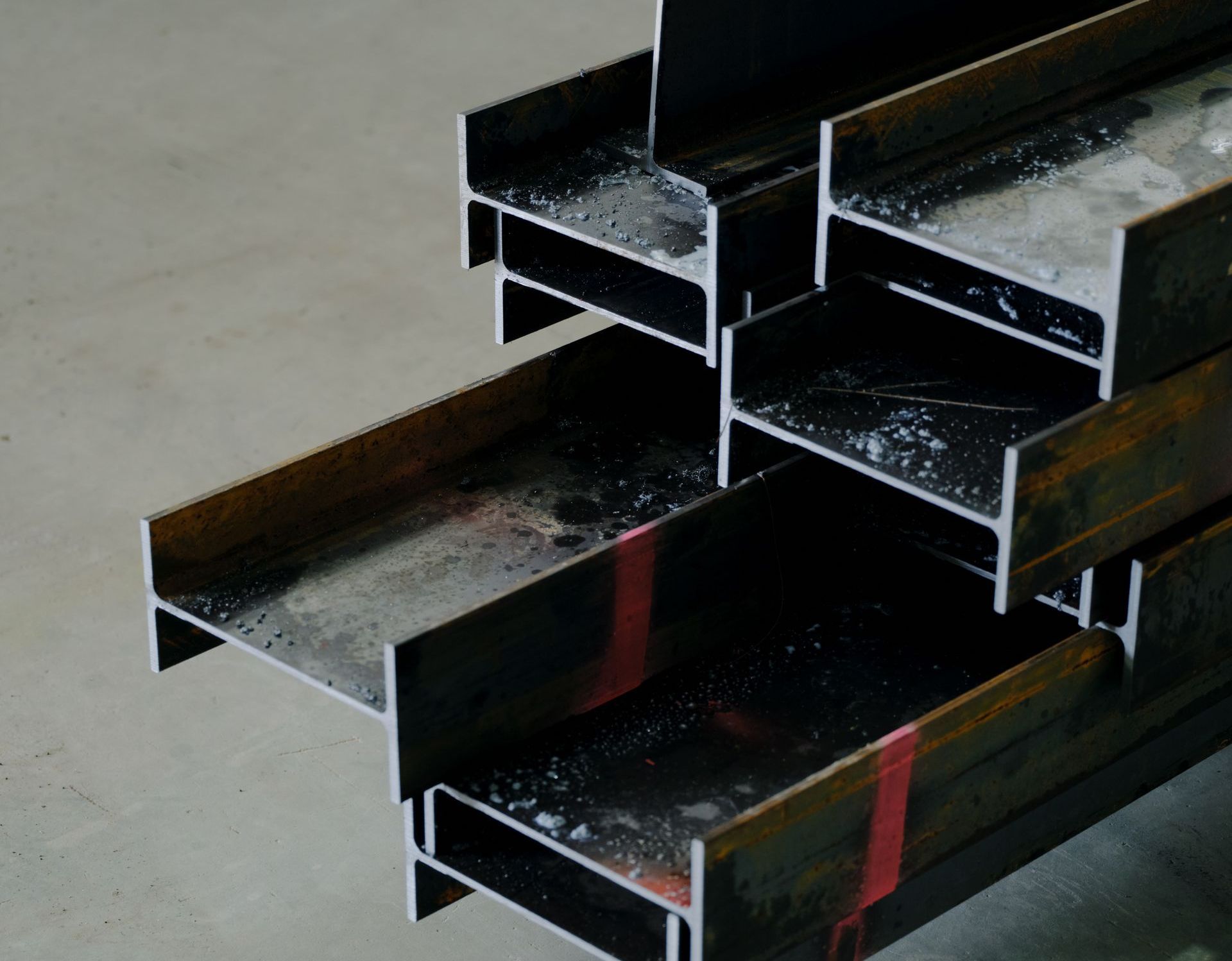
Should All Fire Walls be Made of Concrete?
It’s a common misconception that firewalls must be built out of precast concrete panels, but they are often the most expensive option for commercial steel buildings.
“Whilst concrete is very robust and sturdy, it can be overkill for some applications,” cautions Shane.
“The Building Code is not specific about concrete being the only available option: modular wall systems like Speedpanel and a special type of Gyprock called Fyrcheck also meet the specification.”
Here are some positives and negatives of using concrete fire walls, along with the features and benefits of some alternative fire-rated products.
Firewall Materials for Commercial Buildings
Tilt panel firewalls
Precast concrete tilt panels are commonly used in commercial projects as concrete provides very good fire protection. Often used for boundary firewalls when the building will be built very close to a neighbour, it can be expensive but is very durable.
Pros:
- Good choice for very high walls (upwards of 7m)
- A strong, low-maintenance option that adds value to your building
- Robust enough to withstand minor damage, knocks and impacts from vehicles
- Easy to keep clean and can be painted for aesthetic effects
- Excellent acoustic properties
- Fast installation
Cons:
- Expensive option
Speedpanel
Coupling a specialised lightweight core with a reinforced steel shell; Speedpanel is an Australian Made modular wall system available in different sizes.
Offering both fire and acoustic protection, Speedpanel can be used as an external facade, or as a shared wall where multiple commercial units are built next to each other. This ensures that a fire in your facility has less chance of impacting your neighbours.
Pros:
- Quick and easy installation that doesn’t require scaffolding – fixings and sealants can all be applied from one side of the wall so access to the neighbouring property isn’t necessarily required
- Strong load-bearing characteristics allow service components like electrical boxes to be safely fixed to the panel
- Available in different colours and sizes
Cons:
- Expensive option
- Damages easily
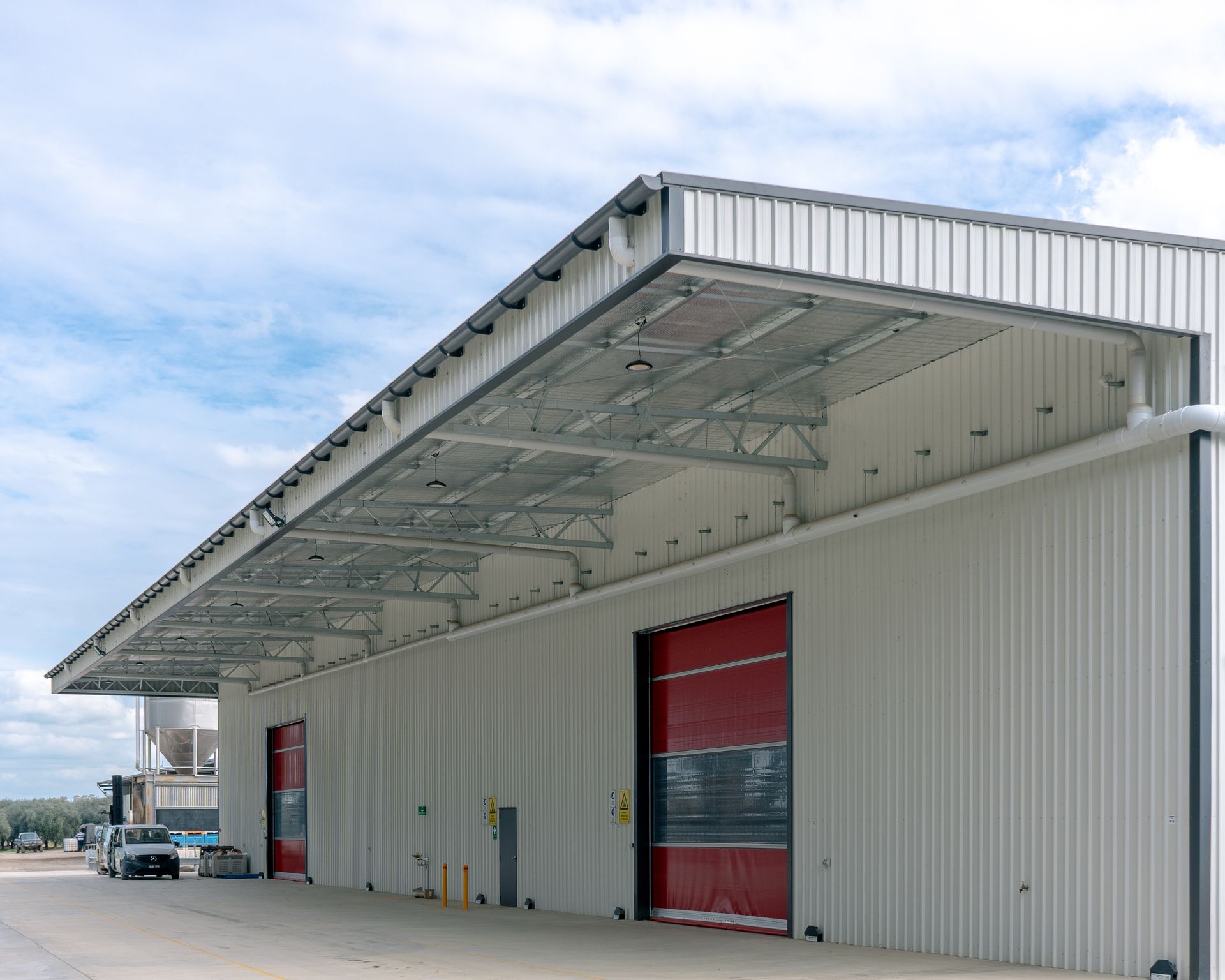
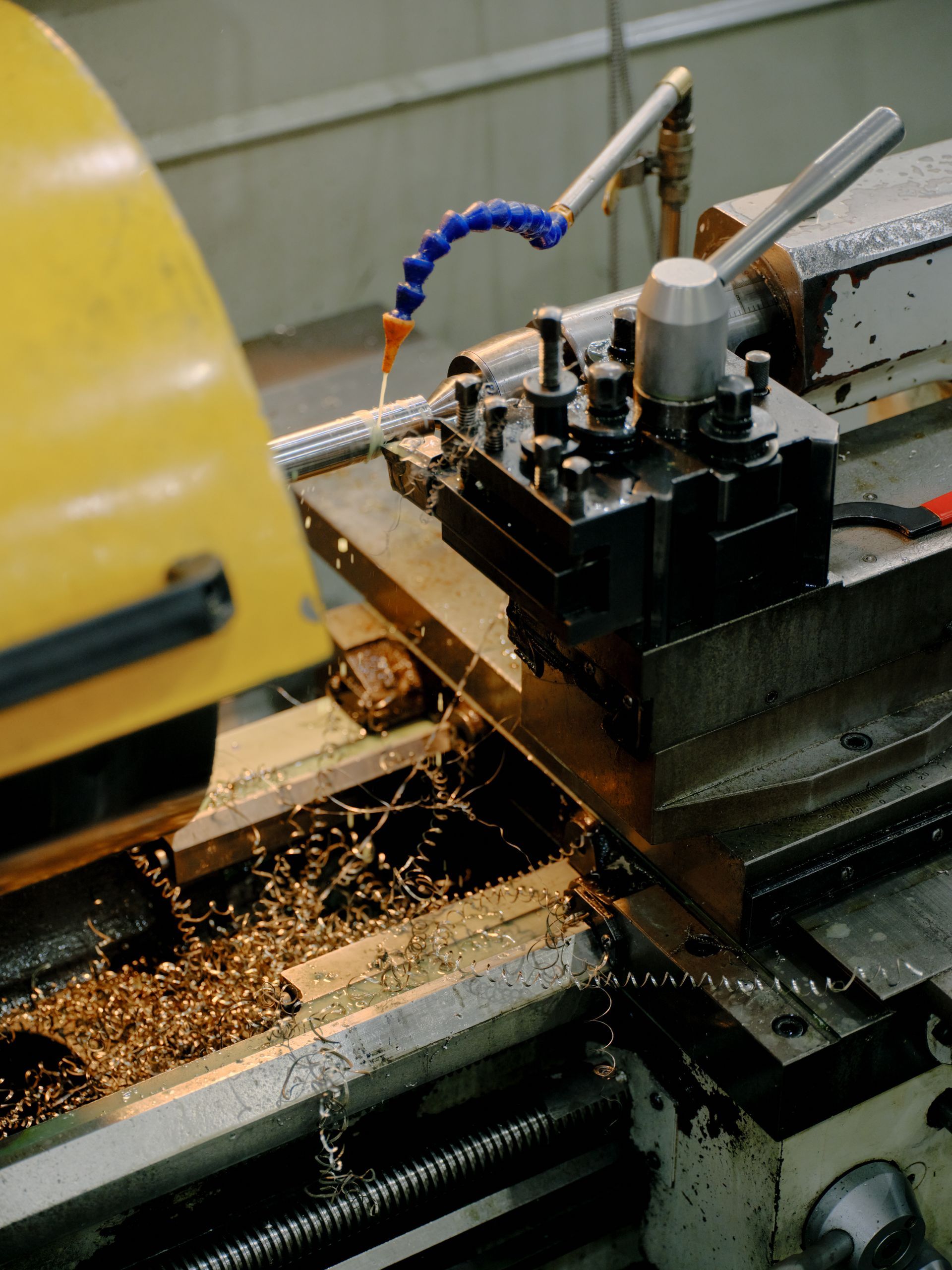
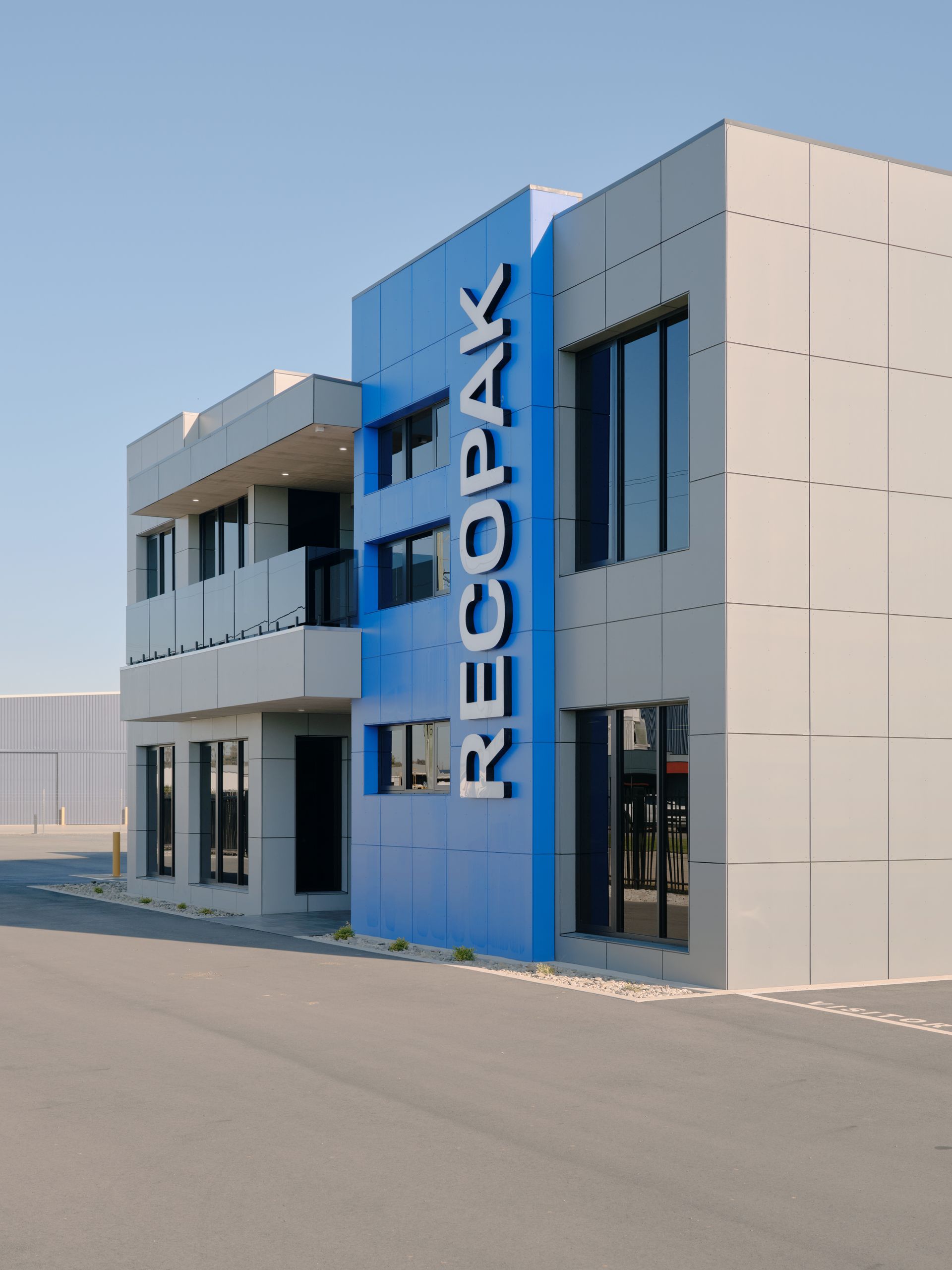
Fyrchek
Fyrchek is a type of Gyprock with a glass fibre-reinforced core. This layered construction enables it to maintain structural integrity when subjected to direct flame, making it an ideal board for use as part of a fire rated wall or ceiling system.
It is usually specified for commercial installations in areas where there is a higher level of fire resistance required. This plasterboard is also an acoustic grade board and can be used in systems where acoustic separation is specified.
Pros:
- Lightweight, requires no special equipment to install
- Good acoustic properties
- Low VOC product manufactured with special additives to slow the progress of heat and flame
Cons:
- Not a good choice for high-humidity environments
- Installation can be messy and requires you to engage a plasterer
- Time-consuming installation
Ask Steelcorp for Advice on Fire Rated Walls
“Ultimately, your choice of fire wall comes down to your budget, the material’s performance and fit for purpose, any special permit or Council requirements, and aesthetics,” says Shane.
“For large commercial buildings we’d typically recommend tilt panels, whereas for smaller commercial builds, Fyrchek is a good option provided you have access to the wall for installation.”
Steelcorp is here to provide honest advice and design assistance – give our team a call if you’d like more information on fire wall option for your commercial structure.
